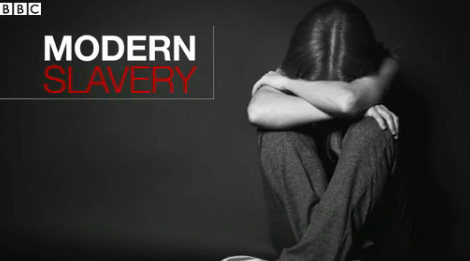Mission
The mission of CASSE is to advance the steady state economy, with stabilized population and consumption, as a policy goal with widespread public support. We pursue this mission by:
- educating citizens, organizations, and policy makers on the conflict between economic growth and (1) environmental protection, (2) ecological and economic sustainability, and (3) national security and international stability;
- promoting the steady state economy as a desirable alternative to economic growth;
- studying the means to establish a steady state economy.
Our Commitment
CASSE is an organization that explores economic growth in earnest, including its downsides. We refuse to ignore the costs of economic growth, and our position sets the record straight. We recognize the conflict between economic growth and various goals for society, and we stand up for rational macroeconomic policies. Continuous economic growth on a finite planet is wishful thinking. We confront the truth that there are limits to growth, and we examine other possibilities for managing our economic affairs.
Our Strategy
Conventional economists tend to overlook physical and ecological principles when considering the effects of economic growth. These economists, along with politicians, business leaders, the media, and the public at large, are not seeing the big picture when it comes to economic growth. That’s where CASSE steps in. Our role is to help people understand the truth that growth isn’t the answer to all our problems. Our analysis is based on elemental scientific principles, and we appeal to common sense, as we accurately describe our economic situation. CASSE offers a positive solution to our economic and ecological predicament – a steady state economy provides a hopeful way to achieve sustainability and equity in an increasingly constrained world. To tell the truth about economic growth and promote the steady state economy, CASSE engages volunteers around the world, from regional directors to collaborators on outreach. CASSE also works closely with economists and scientists to build a foundation of support for the transition to a steady state economy by helping professional societies adopt their own positions on economic growth. In addition, CASSE develops and distributes a variety of information resources on concepts related to the steady state economy.
Published on Jan 29, 2014
* * *
Discover the Steady State Economy True Sustainability
Economic growth, with all of its downsides, is clearly unsustainable in the 21st century. Long-term recession is no panacea either. A steady state economy is the sustainable alternative to perpetual economic growth.
Economic growth was never a magic bullet; it is simply an increase in the production and consumption of goods and services–it can’t possibly lead to a sustainable outcome. In contrast, the steady state economy provides the means for present and future generations to achieve a high quality of life. For more detailed information, read Enough Is Enough.
The Act of Discovery
Many people, upon discovering the steady state economy, experience one of two reactions:
Relief and joy at having found a viable way for dealing with the daunting problems society faces, including climate disruption, dwindling natural resources, widespread poverty, economic collapse, and species extinctions.
Doubt and denial due to old habits of thought, misconceptions about what a steady state economy is, and fear of change.
As you take time to discover the steady state economy for yourself (see the links at the right), we hope that you will join us in supporting a new and better way of achieving true sustainability. The impeccable logic and sound science of steady state economics have moved many people from the second reaction to the first.
Global Climate Change
Environment Ethics
Environment Justice













